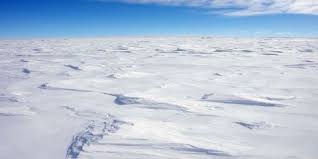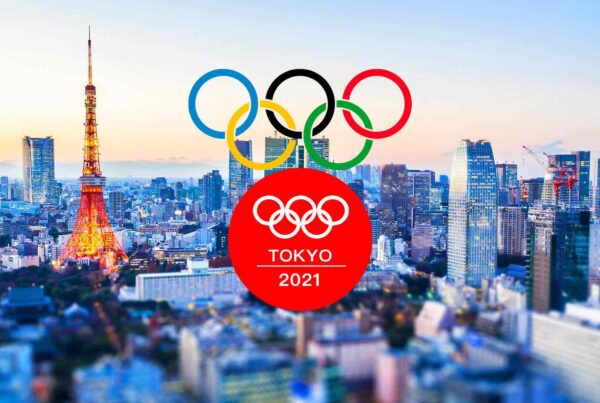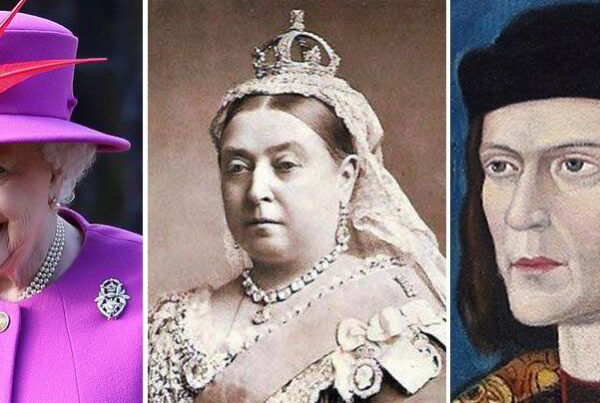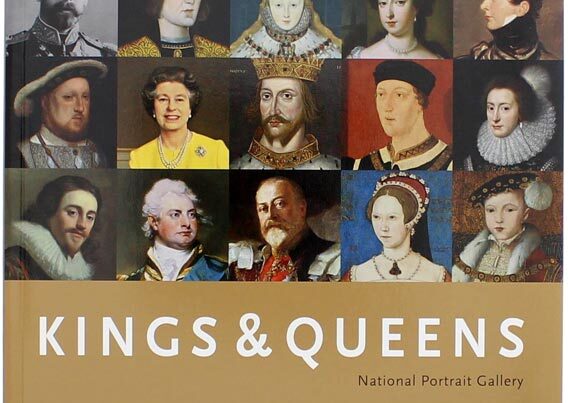Maths
Children will learn about multiplication and division of 2, 5 and 10. They will also learn about length. Maths in Year 2 follows a concrete, pictorial, abstract structure. Children use lots of equipment such as counters, cubes and Base Ten alongside models and images like part-part-whole models, bar models, place value grids and dotty cards. It is only when they are confident using these that they will move on to more formal methods. Children continue to be encouraged to solve problems using drawings and jottings.
If you would like help in supporting your child in maths, please take a look at our handy ‘Calculating in KS1’ guide.
English
Much of the children’s writing this half term will be closely linked to their Geography and Science work. The children will begin the term by writing a report about the North and South Poles. They will use the knowledge they have gained in Geography to help them with this. Children will then write a report about Captain Robert Scott’s expedition to the South Pole nearly 100 years ago. For this report, children will use knowledge gained during their History lessons.
Towards the end of the term and as part of their DT work, children will write instructions about how to make a snow globe.
By this point in Year 2, children should be writing sentences independently and punctuating them correctly. We will be encouraging children to use a range of conjunctions to extend their sentences (and, but, so, because, when, if) as well as using carefully chosen verbs, adjectives and adverbs. It is important that children apply what they have learnt in Phonics so don’t forget to keep practising those spellings!
Science
This term’s Science topic is ‘Living things and their habitats’. The children will explore life processes and use this understanding to decide if something is living, dead or has never been alive. They will then look at the characteristics of different habitats and investigate the ways that animals are adapted to their particular habitats.
Part of this learning will involve a mini-beast hunt around school.
Geography
Learning will focus on the continent of Antarctica as well as the North and South Poles. Children will identify the location of these places on a map/globe and learn about the equator. They will find out about the climate in different countries and link this to their understanding of the equator and northern/southern hemispheres. This will be important learning that children will use to write their own reports.
History
Children will learn about what it means to be an explorer and some of the key dates and events linked to Captain Robert Falcon Scott’s expedition to the South Pole. They will learn about the differences between polar exploration now and in the past and think about the ways in which Captain Scott’s failed expedition has impacted on this. Children will find out that Captain Scott kept a diary which helps to tell us about things that happened in the past.
Design Technology
Children will use a variety of skills including cutting and sticking to make a snow globe that they have designed. Once made, they will evaluate their product and suggest ways that it could be improved or adapted.
Computing
Children will use their computing skills to make their snow globe. They will use a search engine to find an image for inside the snow globe. This image will be inserted into a Word document. After changing the size of the image, children will add text in a font, size and colour of their choice. They will save their document and re-open it when they are ready to print.




